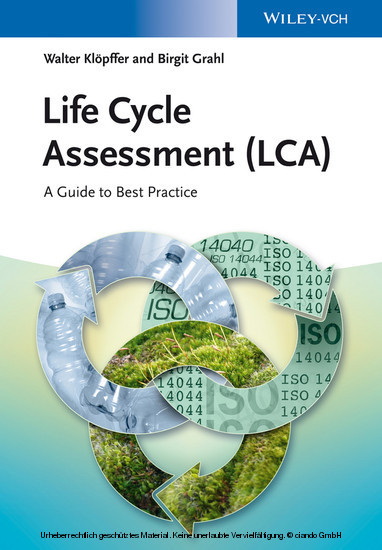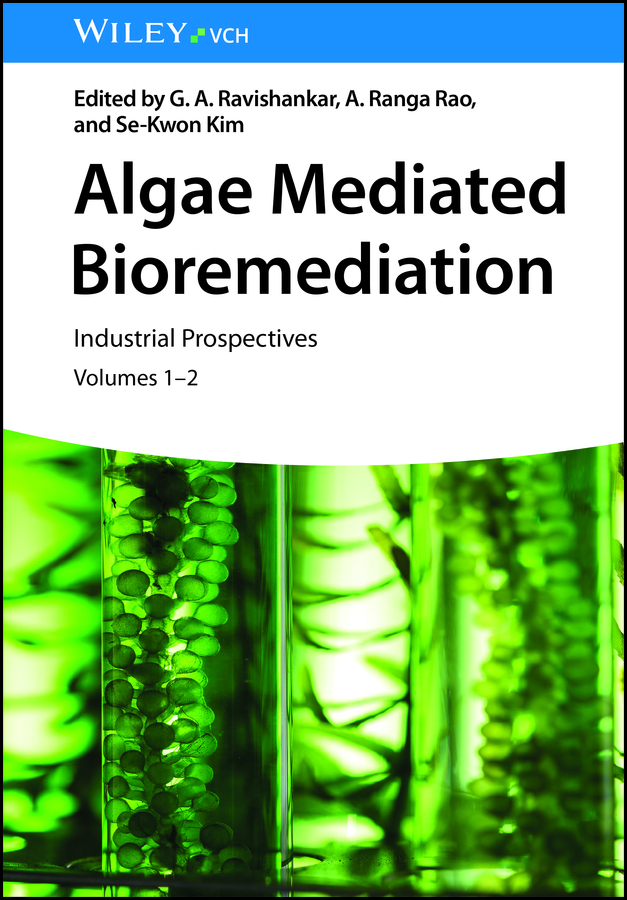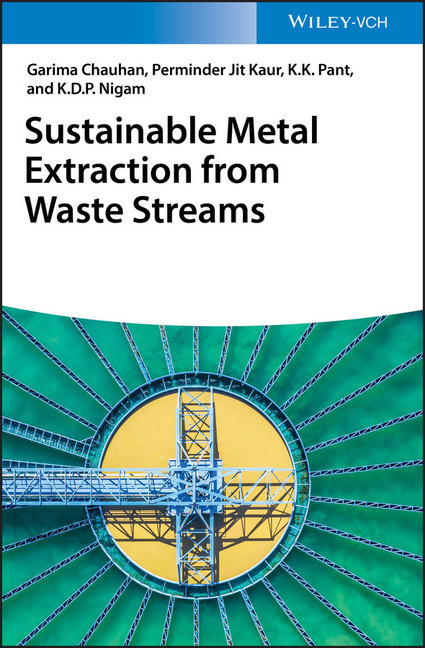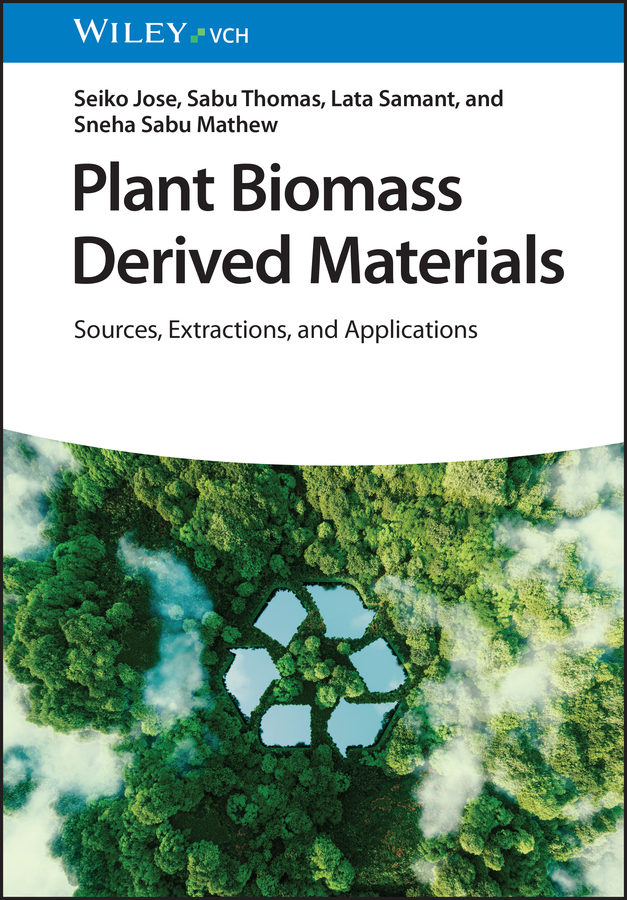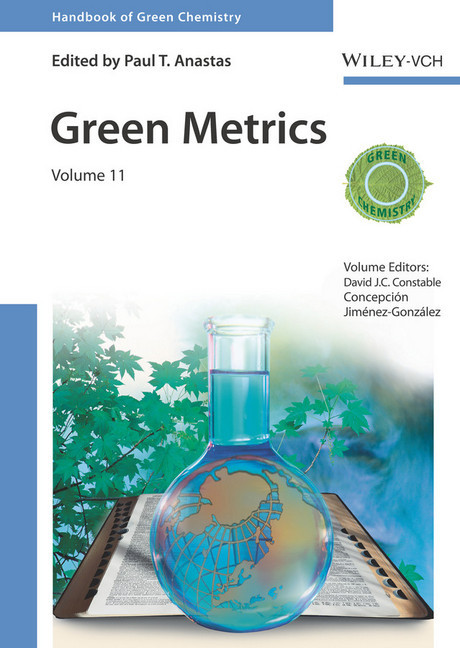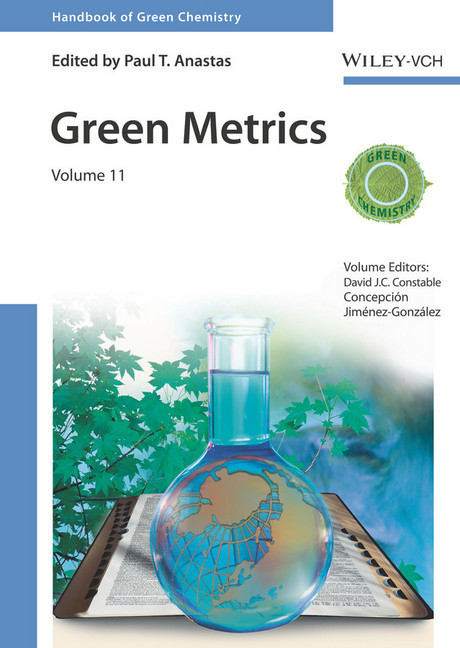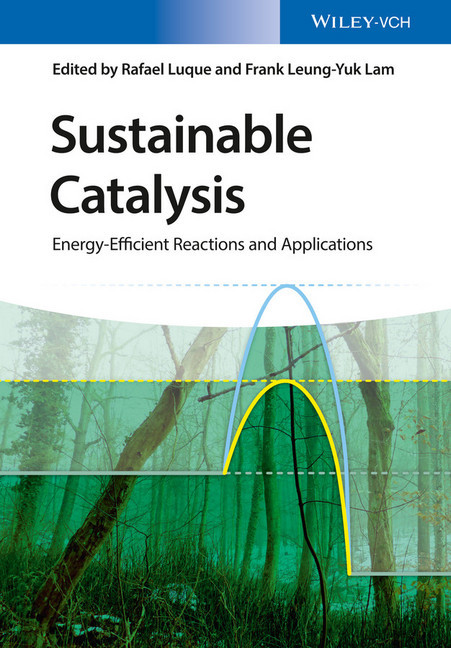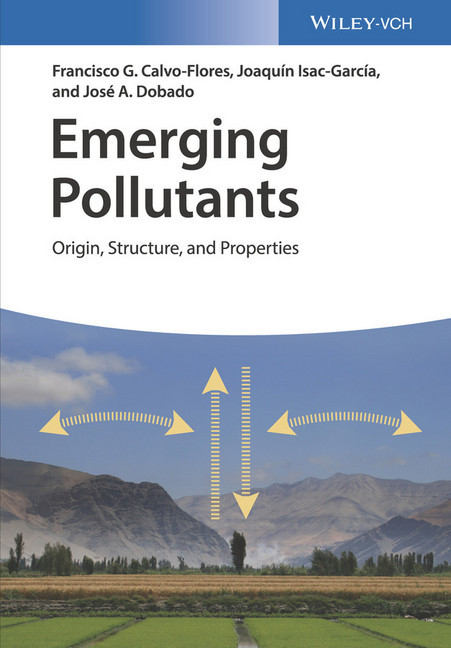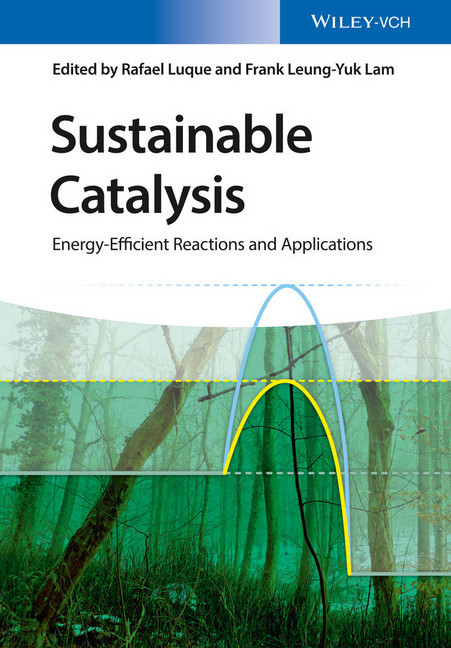Life Cycle Assessment (LCA)
A Guide to Best Practice
This first hands-on guide to ISO-compliant Life Cycle Assessment (LCA) makes this powerful tool immediately accessible to both professionals and students. Following a general introduction on the philosophy and purpose of LCA, the reader is taken through all the stages of a complete LCA analysis, with each step exemplified by real-life data from a major LCA project on beverage packaging. Measures as carbon and water footprint, based on the most recent international standards and definitions, are addressed.
Written by two pioneers of LCA, this practical volume is targeted at first-time LCA users but equally makes a much-valued reference for more experienced practitioners.
From the content:
* Goal and Scope Definition
* Life Cycle Inventory Analysis
* Life Cycle Impact Assessment
* Interpretation, Reporting and Critical Review
* From LCA to Sustainability Assessment
and more.
Walter Klopffer is consultant for life cycle and chemicals assessment in Frankfurt (Germany). After his studies of chemistry at the University of Graz (Austria) he was working for nearly thirty years at the Battelle Institute e.V. in Frankfurt, followed by a position at C.A.U. Ltd. in Dreieich (Germany). Since 1975 he has also been Professor of Physical Chemistry at the University of Mainz. Professor Klopffer is the founding editor and current editor-in-chief of 'The International Journal of Life Cycle Assessment'.
Birgit Grahl studied chemistry at the University of Hamburg (Germany). She then headed the chemistry department of the Oko-Institut e.V. Freiburg (Germany), followed by several years as co-owner and director of a commercial laboratory (Germany) and afterwards working as a freelance consultant in the field of industrial ecology. Dr. Grahl was involved in the development of the ISO 14040 series, is a member of the editorial board of 'The International Journal of Life Cycle Assessment' and professor at the University of Applied Sciences in Lubeck (Germany).
Written by two pioneers of LCA, this practical volume is targeted at first-time LCA users but equally makes a much-valued reference for more experienced practitioners.
From the content:
* Goal and Scope Definition
* Life Cycle Inventory Analysis
* Life Cycle Impact Assessment
* Interpretation, Reporting and Critical Review
* From LCA to Sustainability Assessment
and more.
Walter Klopffer is consultant for life cycle and chemicals assessment in Frankfurt (Germany). After his studies of chemistry at the University of Graz (Austria) he was working for nearly thirty years at the Battelle Institute e.V. in Frankfurt, followed by a position at C.A.U. Ltd. in Dreieich (Germany). Since 1975 he has also been Professor of Physical Chemistry at the University of Mainz. Professor Klopffer is the founding editor and current editor-in-chief of 'The International Journal of Life Cycle Assessment'.
Birgit Grahl studied chemistry at the University of Hamburg (Germany). She then headed the chemistry department of the Oko-Institut e.V. Freiburg (Germany), followed by several years as co-owner and director of a commercial laboratory (Germany) and afterwards working as a freelance consultant in the field of industrial ecology. Dr. Grahl was involved in the development of the ISO 14040 series, is a member of the editorial board of 'The International Journal of Life Cycle Assessment' and professor at the University of Applied Sciences in Lubeck (Germany).
1;Life Cycle Assessment (LCA);5 1.1;Contents;7 1.2;Preface;13 1.3;Chapter 1 Introduction;17 1.3.1;1.1 What Is Life Cycle Assessment (LCA)?;17 1.3.1.1;1.1.1 Definition and Limitations;17 1.3.1.2;1.1.2 Life Cycle of a Product;18 1.3.1.3;1.1.3 Functional Unit;19 1.3.1.4;1.1.4 LCA as System Analysis;20 1.3.1.5;1.1.5 LCA and Operational Input-Output Analysis (Gate-to-Gate);21 1.3.2;1.2 History;22 1.3.2.1;1.2.1 Early LCAs;22 1.3.2.2;1.2.2 Environmental Policy Background;23 1.3.2.3;1.2.3 Energy Analysis;24 1.3.2.4;1.2.4 The 1980s;24 1.3.2.5;1.2.5 The Role of SETAC;25 1.3.3;1.3 The Structure of LCA;26 1.3.3.1;1.3.1 Structure According to SETAC;26 1.3.3.2;1.3.2 Structure of LCA According to ISO;27 1.3.3.3;1.3.3 Valuation - a Separate Phase?;28 1.3.4;1.4 Standardisation of LCA;30 1.3.4.1;1.4.1 Process of Formation;30 1.3.4.2;1.4.2 Status Quo;32 1.3.5;1.5 Literature and Information on LCA;33 1.3.6;References;34 1.4;Chapter 2 Goal and Scope Definition;43 1.4.1;2.1 Goal Definition;43 1.4.2;2.2 Scope;44 1.4.2.1;2.2.1 Product System;44 1.4.2.2;2.2.2 Technical System Boundary;45 1.4.2.2.1;2.2.2.1 Cut-Off Criteria;45 1.4.2.2.2;2.2.2.2 Demarcation towards System Surrounding;48 1.4.2.3;2.2.3 Geographical System Boundary;50 1.4.2.4;2.2.4 Temporal System Boundary/Time Horizon;51 1.4.2.5;2.2.5 The Functional Unit;53 1.4.2.5.1;2.2.5.1 Definition of a Suitable Functional Unit and a Reference Flow;53 1.4.2.5.2;2.2.5.2 Impairment Factors on Comparison - Negligible Added Value;56 1.4.2.5.3;2.2.5.3 Procedure for Non-negligible Added Value;57 1.4.2.6;2.2.6 Data Availability and Depth of Study;59 1.4.2.7;2.2.7 Further Definitions;60 1.4.2.7.1;2.2.7.1 Type of Impact Assessment;60 1.4.2.7.2;2.2.7.2 Valuation (Weighting), Assumptions and Notions of Value;61 1.4.2.7.3;2.2.7.3 Critical Review;62 1.4.2.8;2.2.8 Further Definitions to the Scope;63 1.4.3;2.3 Illustration of the Component 'Definition of Goal and Scope' Using an Example of Practice;63 1.4.3.1;2.3.1 Goal Definition;64 1.4.3.2;2.3.2 Scope;66 1.4.3.2.1;2.3.2.1 Product Systems;66 1.4.3.2.2;2.3.2.2 Technical System Boundaries and Cut-Off Criteria;69 1.4.3.2.3;2.3.2.3 Demarcation to the System Surrounding;69 1.4.3.2.4;2.3.2.4 Geographical System Boundary;70 1.4.3.2.5;2.3.2.5 Temporal System Boundary;71 1.4.3.2.6;2.3.2.6 Functional Unit and Reference Flow;71 1.4.3.2.7;2.3.2.7 Data Availability and Depth of Study;71 1.4.3.2.8;2.3.2.8 Type of Life Cycle Impact Assessment;72 1.4.3.2.9;2.3.2.9 Methods of Interpretation;73 1.4.3.2.10;2.3.2.10 Critical Review;73 1.4.4;References;73 1.5;Chapter 3 Life Cycle Inventory Analysis;79 1.5.1;3.1 Basics;79 1.5.1.1;3.1.1 Scientific Principles;79 1.5.1.2;3.1.2 Literature on Fundamentals of the Inventory Analysis;80 1.5.1.3;3.1.3 The Unit Process as the Smallest Cell of LCI;81 1.5.1.3.1;3.1.3.1 Integration into the System Flow Chart;81 1.5.1.3.2;3.1.3.2 Balancing;83 1.5.1.4;3.1.4 Flow Charts;85 1.5.1.5;3.1.5 Reference Values;88 1.5.2;3.2 Energy Analysis;90 1.5.2.1;3.2.1 Introduction;90 1.5.2.2;3.2.2 Cumulative Energy Demand (CED);93 1.5.2.2.1;3.2.2.1 Definition;93 1.5.2.2.2;3.2.2.2 Partial Amounts;93 1.5.2.2.3;3.2.2.3 Balancing Boundaries;95 1.5.2.3;3.2.3 Energy Content of Inflammable Materials;97 1.5.2.3.1;3.2.3.1 Fossil Fuels;97 1.5.2.3.2;3.2.3.2 Quantification;97 1.5.2.3.3;3.2.3.3 Infrastructure;100 1.5.2.4;3.2.4 Supply of Electricity;101 1.5.2.5;3.2.5 Transports;104 1.5.3;3.3 Allocation;108 1.5.3.1;3.3.1 Fundamentals of Allocation;108 1.5.3.2;3.3.2 Allocation by the Example of Co-production;108 1.5.3.2.1;3.3.2.1 Definition of Co-production;108 1.5.3.2.2;3.3.2.2 'Fair' Allocation?;109 1.5.3.2.3;3.3.2.3 Proposed Solutions;114 1.5.3.2.4;3.3.2.4 Further Approaches to the Allocation of Co-products;117 1.5.3.2.5;3.3.2.5 System Expansion;118 1.5.3.3;3.3.3 Allocation and Recycling in Closed-Loops and Re-use;121 1.5.3.4;3.3.4 Allocation and Recycling for Open-Loop Recycling (COLR);123 1.5.3.4.1;3.3.4.1 Definition of the Problem;123 1.5.3.4.2;3.3.4.2 Allocation per Equal Parts;125
| ISBN | 9783527655656 |
|---|---|
| Artikelnummer | 9783527655656 |
| Medientyp | E-Book - PDF |
| Copyrightjahr | 2014 |
| Verlag | Wiley-VCH |
| Umfang | 440 Seiten |
| Sprache | Englisch |
| Kopierschutz | Adobe DRM |

